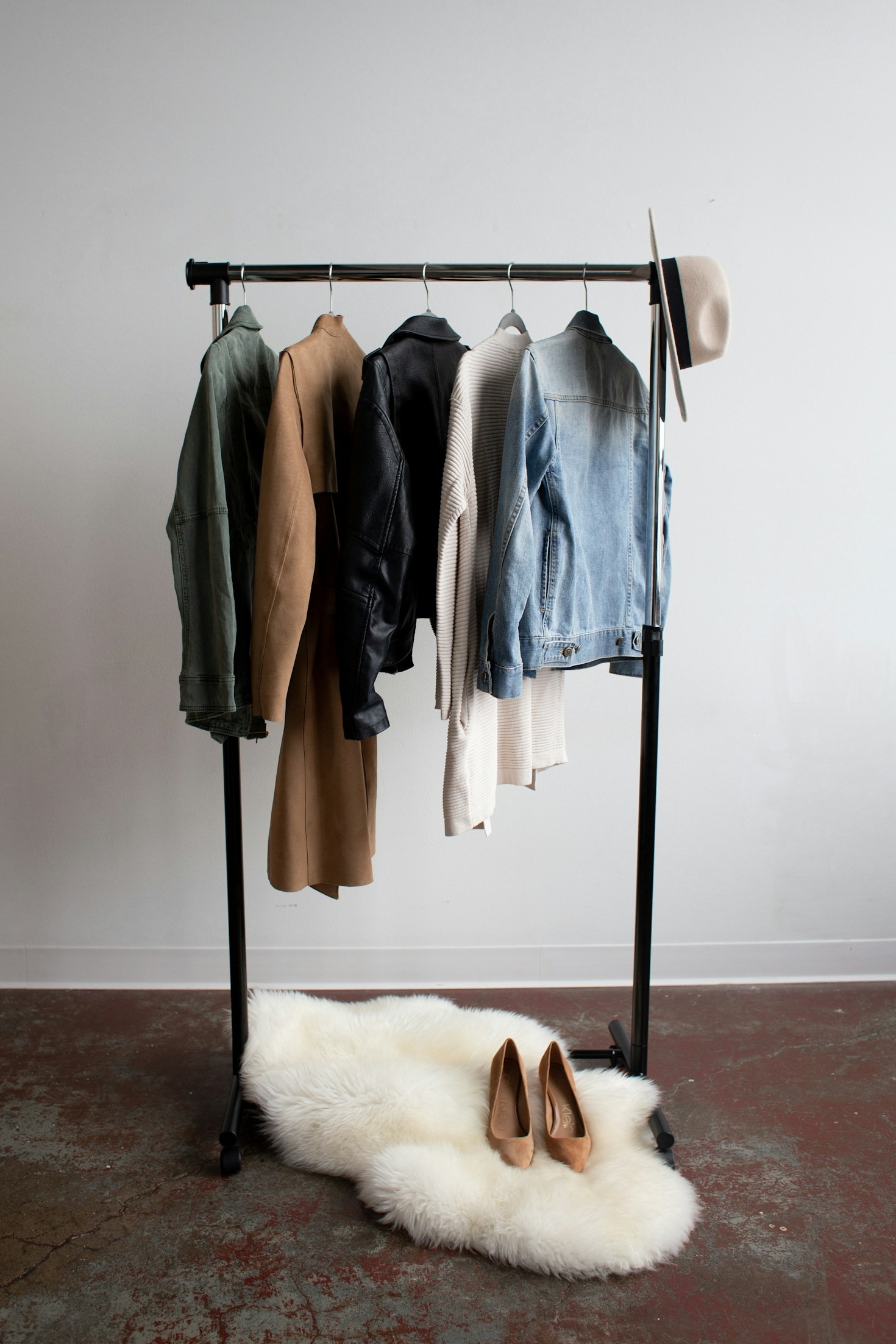The Evolution of Fashion in Modern Times
Introduction
Fashion is an ever-evolving art form that reflects cultural, social, and technological advancements. Over the past century, the fashion industry has undergone significant transformations, influenced by changing lifestyles, technological innovations, and shifting consumer preferences. From the rise of haute couture to the emergence of fast fashion and sustainable trends, modern fashion has continuously adapted to the needs and aspirations of society. This article explores the evolution of fashion in modern times, highlighting key milestones and trends that have shaped the industry.
The Early 20th Century: Elegance and Functionality
The 1900s – 1920s: The Birth of Modern Fashion
The early 20th century saw a transition from restrictive Victorian clothing to more functional and stylish attire. Women’s fashion embraced corset-free silhouettes, with flapper dresses defining the 1920s. This era also marked the rise of iconic designers like Coco Chanel, who introduced the concept of casual elegance.
Key Trends:
- The shift from corsets to looser silhouettes
- The popularity of Art Deco-inspired fashion
- The rise of designer brands such as Chanel and Lanvin
The Mid-20th Century: The Golden Age of Fashion
The 1930s – 1950s: Hollywood Glamour and Post-War Revival
Fashion during the 1930s and 1940s was heavily influenced by Hollywood, with movie stars setting trends. World War II brought practicality to fashion, with utilitarian clothing becoming the norm. However, the post-war era saw the revival of elegance, led by Christian Dior’s “New Look,” which featured cinched waists and voluminous skirts.
Key Trends:
- The rise of Hollywood-inspired fashion
- The introduction of Dior’s “New Look”
- The popularity of structured and feminine silhouettes
The 1960s – 1970s: The Rise of Counterculture and Individualism
The 1960s marked a shift towards bold, youthful styles, with miniskirts, psychedelic prints, and go-go boots dominating the scene. The 1970s embraced free-spirited fashion, with bohemian influences, bell-bottoms, and disco-inspired attire becoming mainstream.
Key Trends:
- The popularity of mod fashion and miniskirts
- The influence of hippie culture on bohemian fashion
- The emergence of unisex clothing and gender-fluid styles
The Late 20th Century: Experimentation and Commercialization
The 1980s – 1990s: Bold Statements and Minimalism
The 1980s were characterized by excess, with oversized silhouettes, power suits, neon colors, and bold patterns defining the decade. This era also saw the rise of luxury brands such as Versace, Armani, and Ralph Lauren. In contrast, the 1990s embraced minimalism, with clean lines, monochromatic outfits, and casual grunge styles gaining popularity.
Key Trends:
- The dominance of power dressing and corporate fashion
- The influence of hip-hop and streetwear
- The shift from maximalism to minimalism in the 1990s
The 21st Century: Digital Influence and Sustainable Fashion
The 2000s – Present: The Rise of Fast Fashion and Technology
The early 2000s saw the explosion of fast fashion, with brands like Zara and H&M making trendy clothing accessible at affordable prices. The rise of social media and influencers has significantly impacted fashion, with trends changing at an unprecedented pace. However, the past decade has also witnessed a growing awareness of sustainability, prompting brands to adopt eco-friendly practices.
Key Trends:
- The impact of social media on fashion trends
- The rise of fast fashion and online shopping
- The growing demand for ethical and sustainable fashion
The Future of Fashion: Innovation and Sustainability
Fashion continues to evolve with advancements in technology, including 3D printing, AI-driven designs, and sustainable innovations. The industry is moving towards slow fashion, emphasizing quality over quantity, and embracing circular fashion to reduce waste. As consumers become more conscious of ethical practices, the future of fashion is likely to be driven by sustainability and digital transformation.
Predicted Trends:
- The integration of AI and virtual fashion
- The expansion of sustainable and circular fashion
- The rise of digital fashion and virtual clothing
Conclusion
The evolution of fashion in modern times showcases how style is influenced by cultural shifts, technological advancements, and changing consumer preferences. From the glamorous designs of the early 20th century to the rise of fast fashion and sustainability, fashion has continuously adapted to reflect the spirit of the times. As we move forward, innovation and ethical practices will shape the industry, ensuring that fashion remains both stylish and responsible in the future.


Leave a Reply